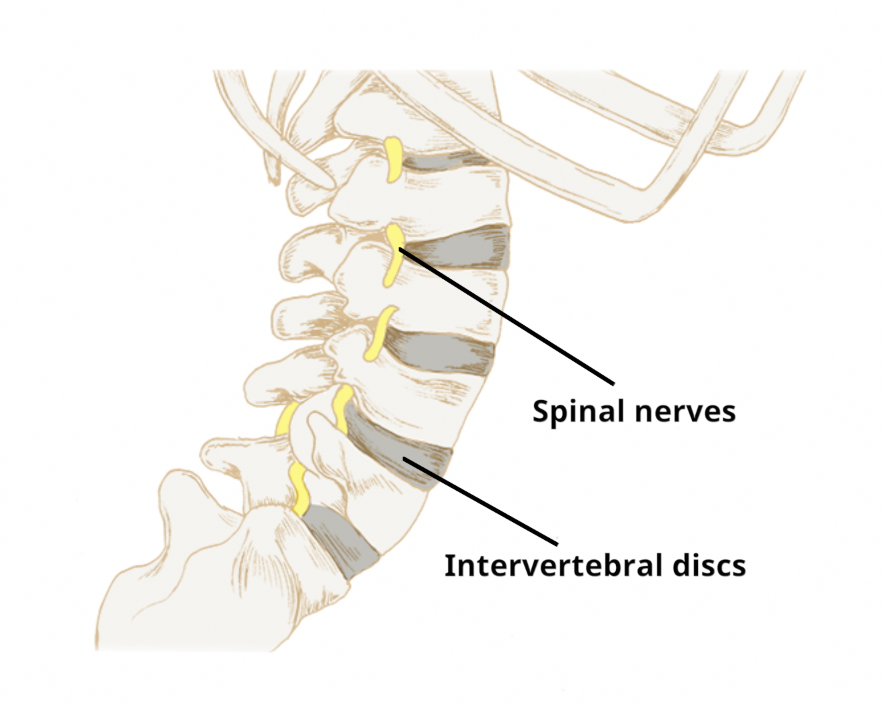
Low back pain may be associated with referred pain down the leg as far as the foot which is known as sciatica. This is also referred to as nerve root pain.
Studies have shown that over 80% of people will suffer with low back pain (LBP) at some point in their adult life. A small percentage will experience irritation or pressure on the nerves that supply the leg, which can result in leg pains. The pain symptoms you experience can be severe, but does not necessarily mean there is a significant disc problem and most people find that their symptoms improve with time. In fact 90% will resolve without specialist input and more than 70% report improvements in their symptoms within 4 weeks.
How is LBP with nerve root pain treated?
Non-surgical management
In the majority of cases, back pain and sciatica can be managed effectively by non-invasive measures, such as exercise, painkillers and physiotherapy.
Exercises
Specific exercises may be useful to relieve stiffness and discomfort in the spine and leg. It is important that you start with a comfortable number for you and build these up gradually.
Medications
It is reasonable to try over the counter painkillers initially. Unfortunately, standard painkillers are not very effective in relieving the nerve pain associated with sciatica. Your GP can advise on medication that may help your symptoms, if those available from your local pharmacy are ineffective. They may include muscle relaxants or medications that target nerve pain, dependent on the type of symptoms you are experiencing.
Physiotherapy
Physiotherapy can be offered as a treatment option for back pain and sciatica. This involves a physical assessment and discussion about how your symptoms are impacting your life, followed by developing a treatment plan together. Treatment can include:
- Exercises form the mainstay of treatment, with advice regarding exercises to improve flexibility and reduce the sensitivity of the muscles, joints and nerves. Some strength exercises can also be recommended where needed.
- Manual Therapy, such as manipulation, mobilisations and soft tissue massage. This usually forms a small portion of your treatment.
- Advice to help you speed your recovery and avoid aggravating symptoms.